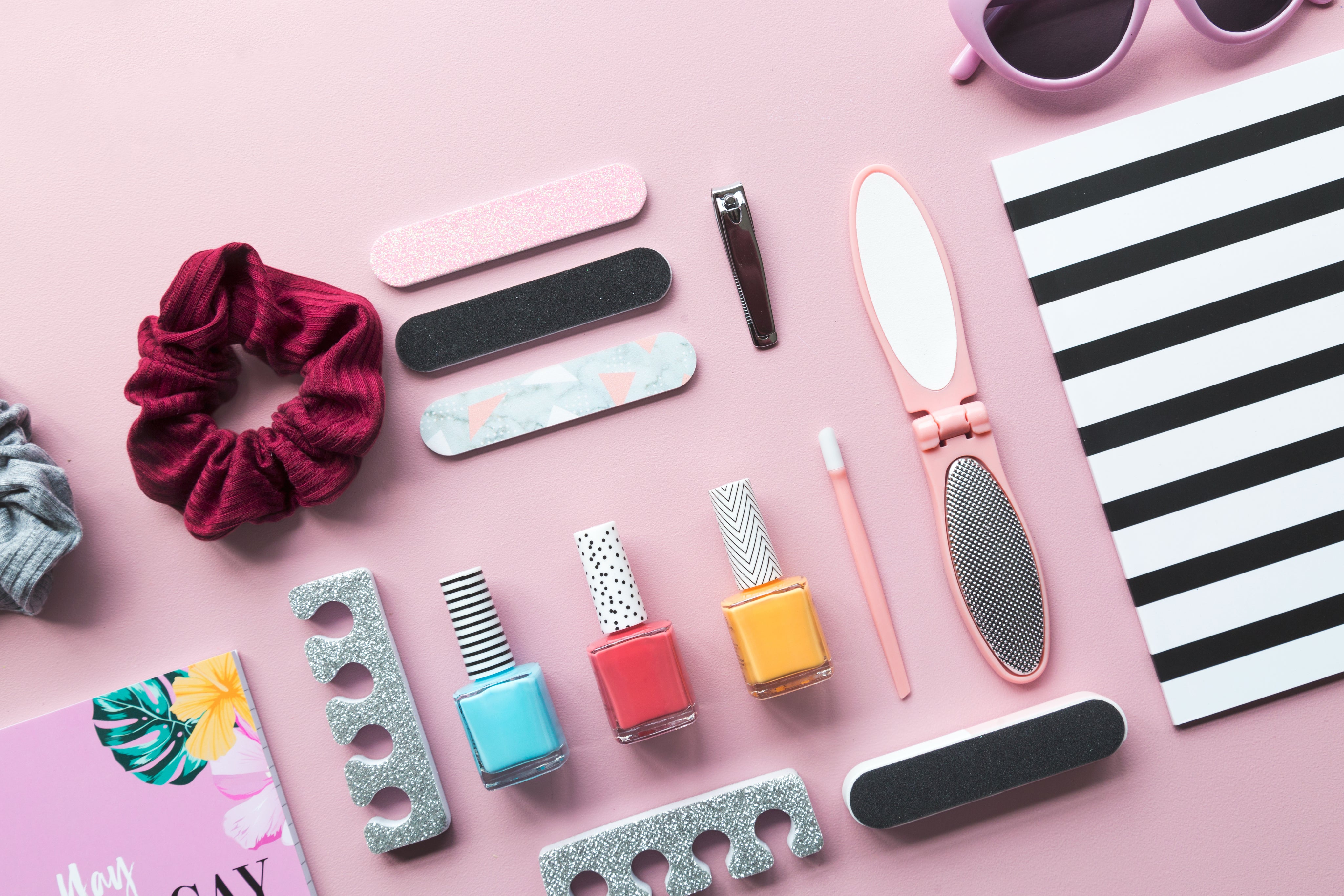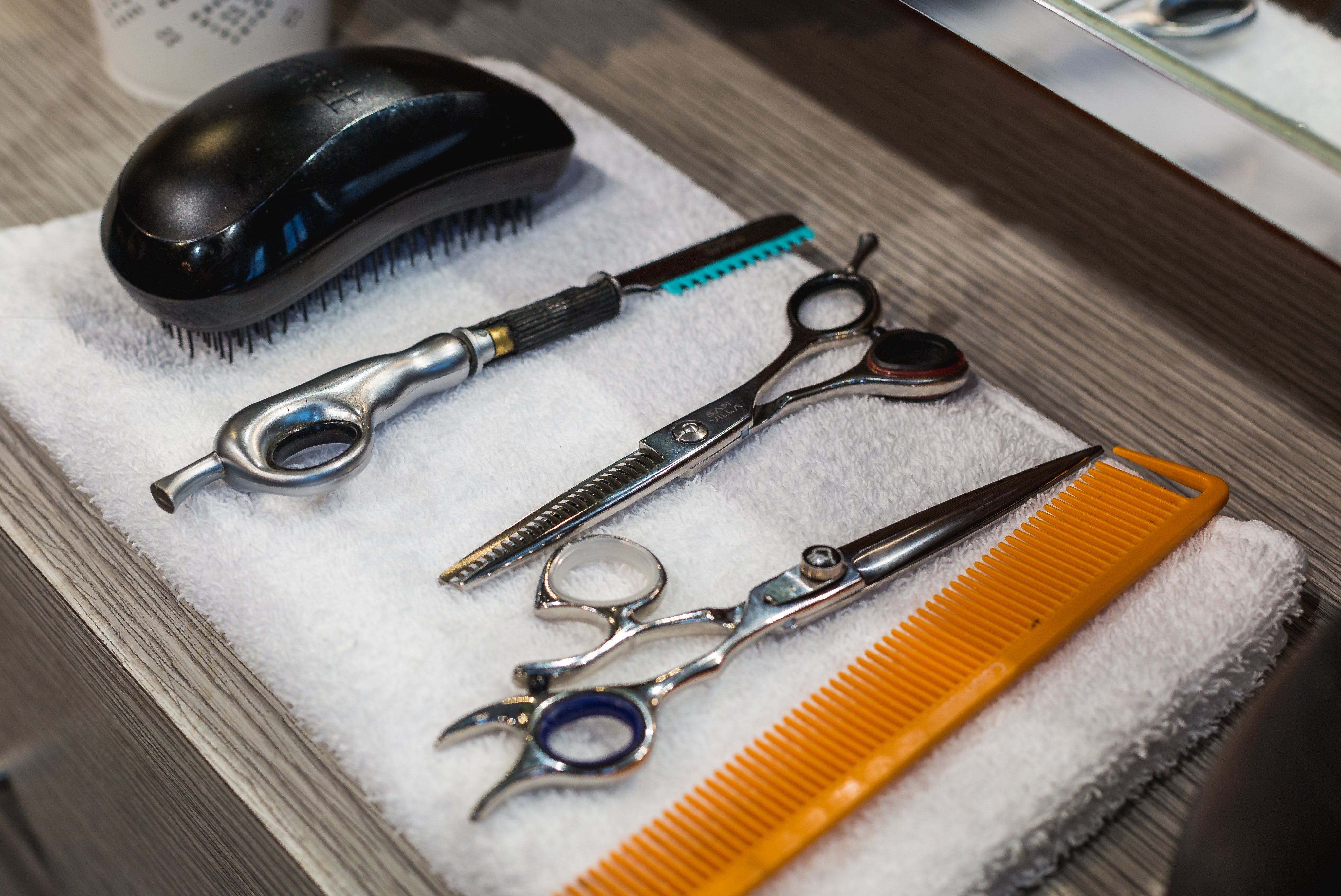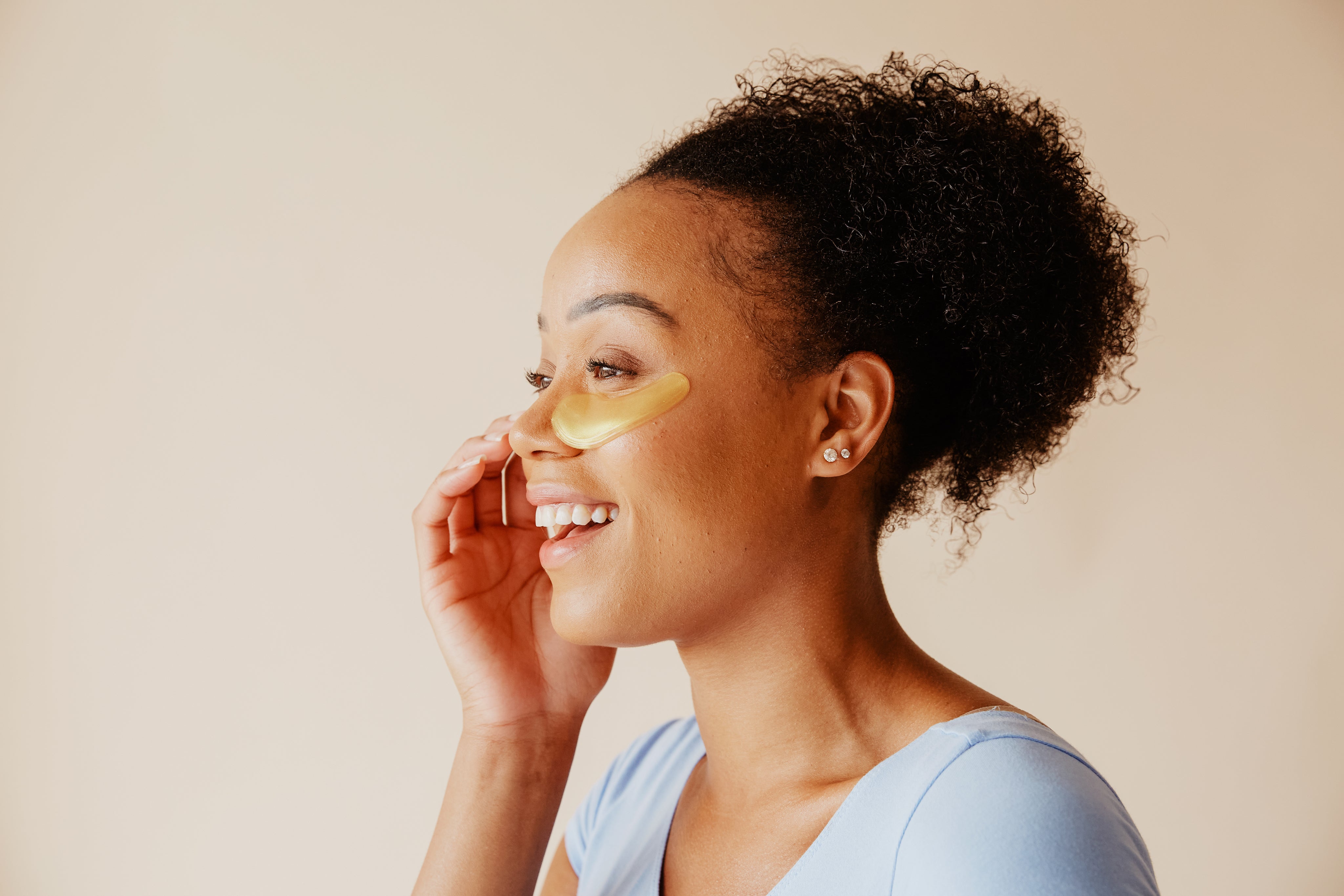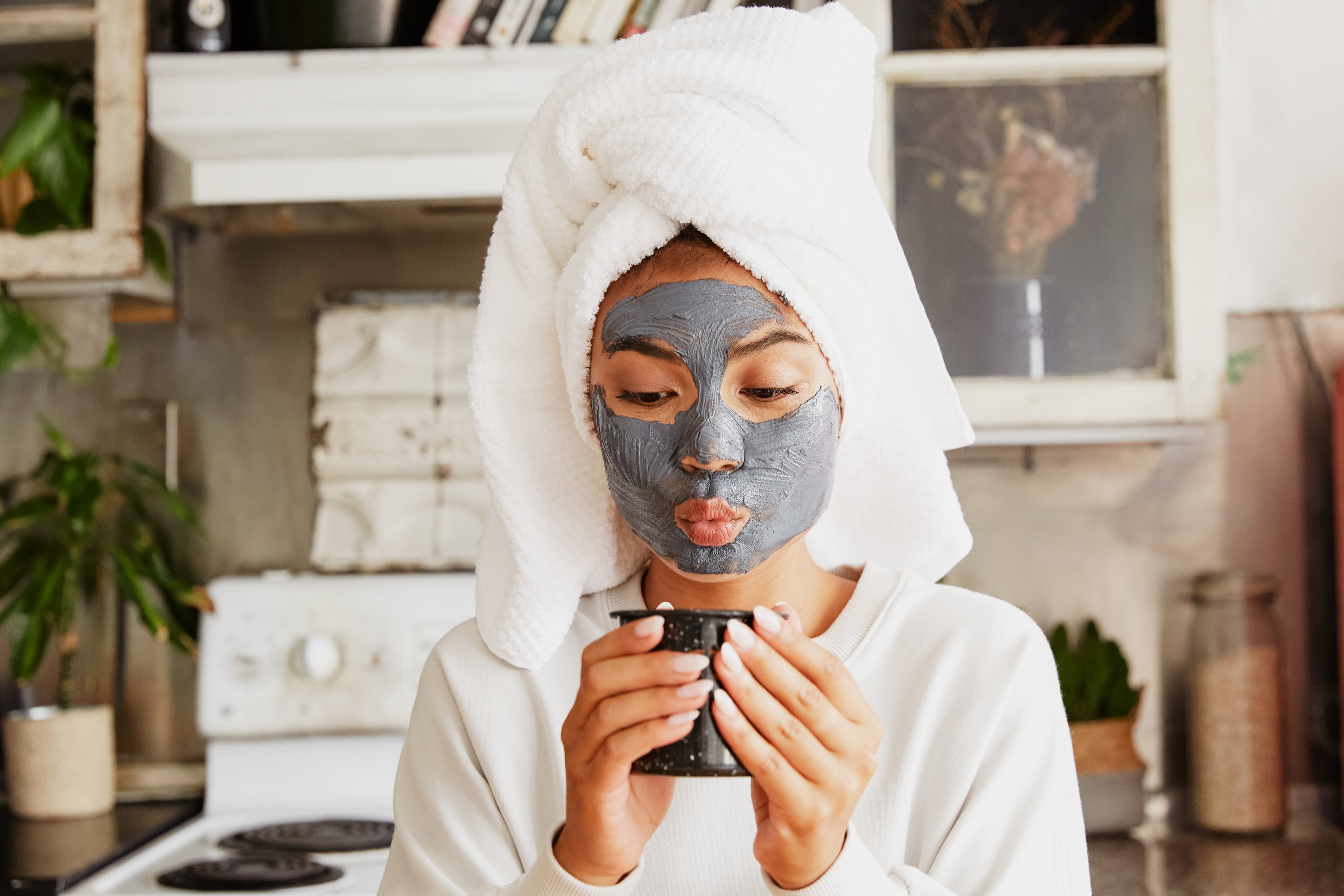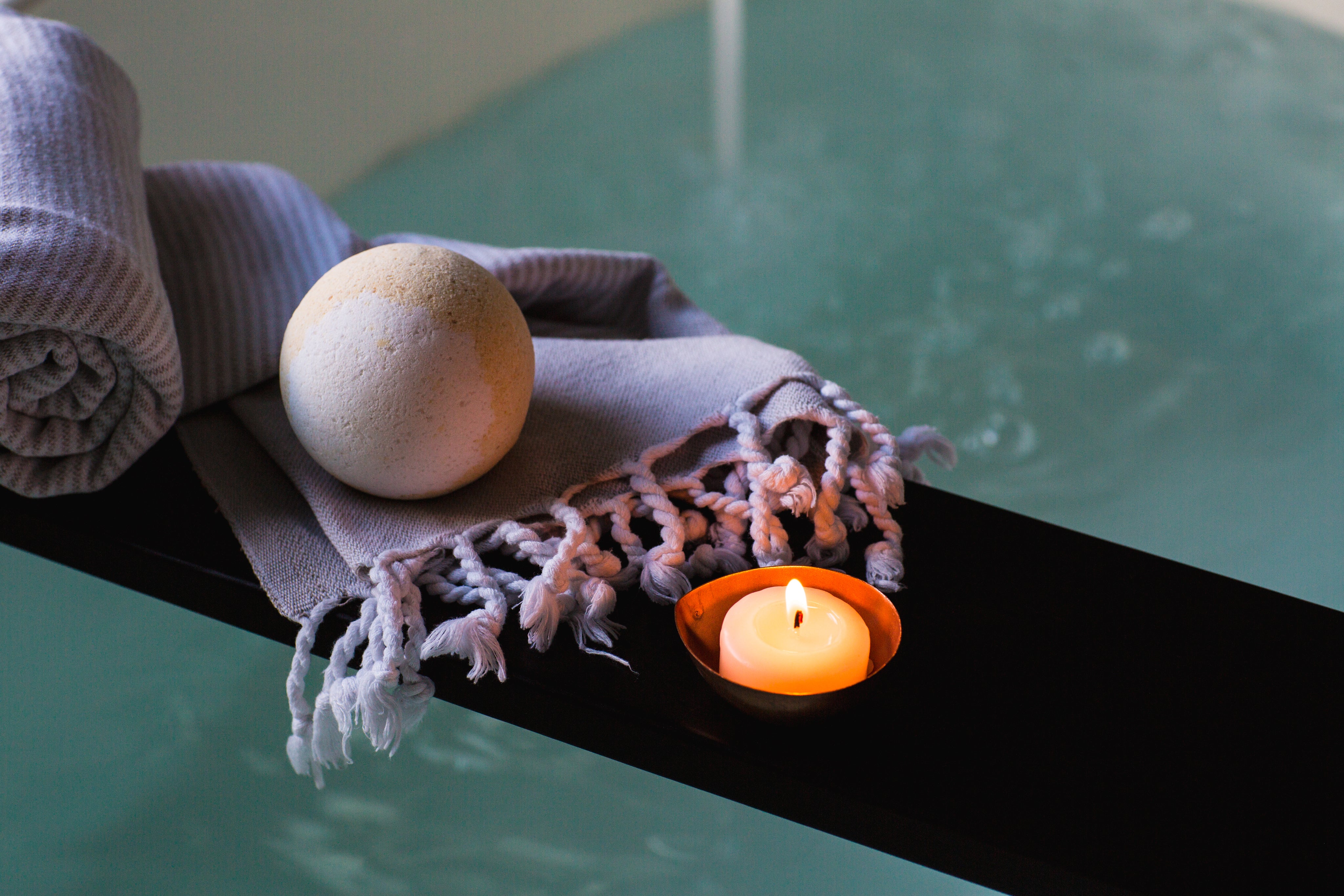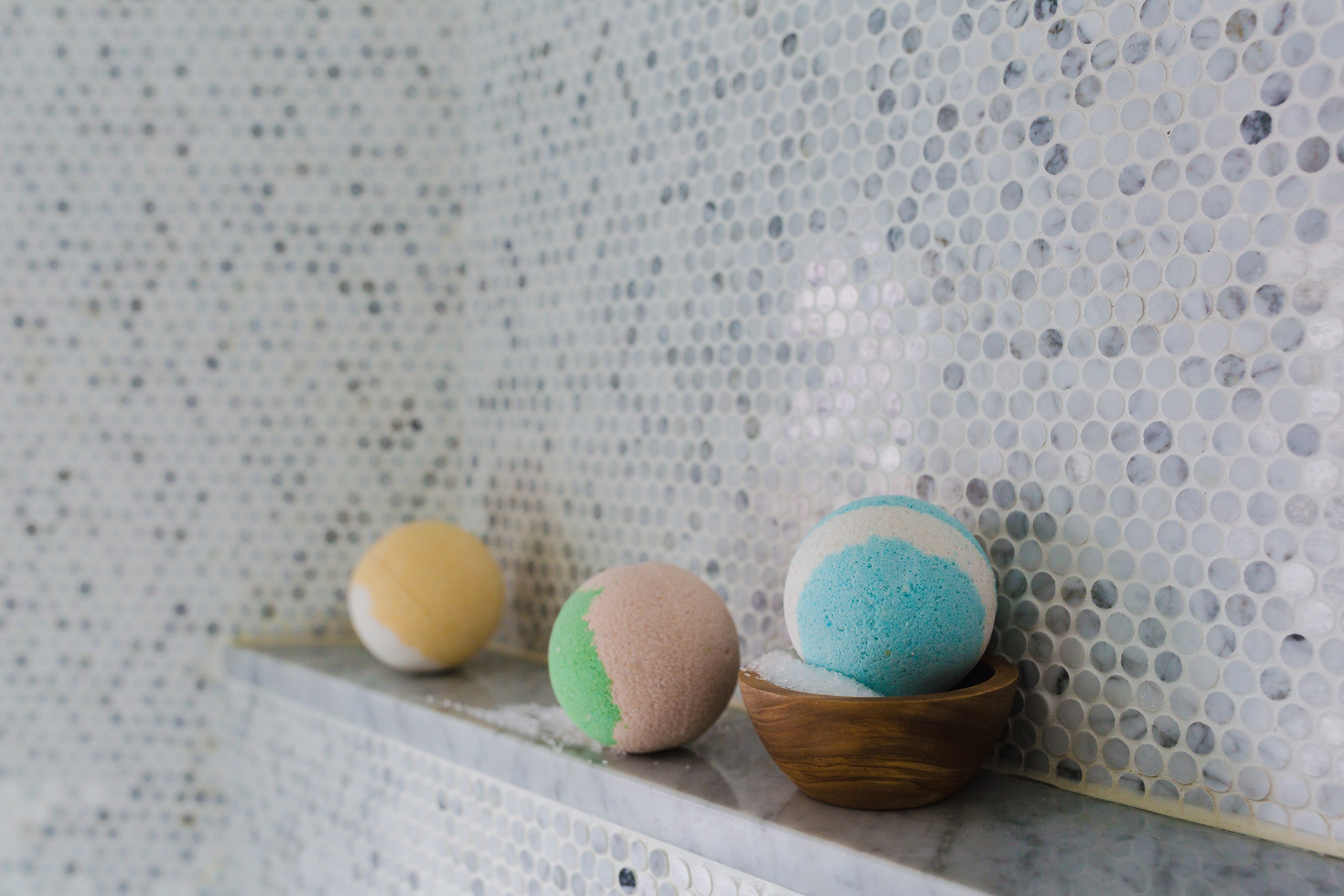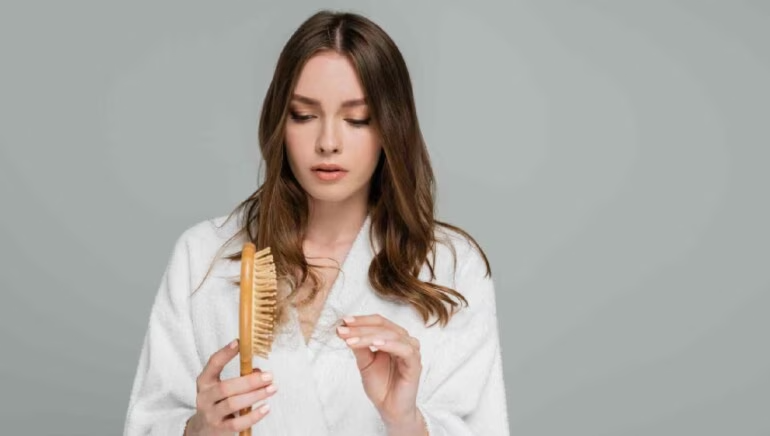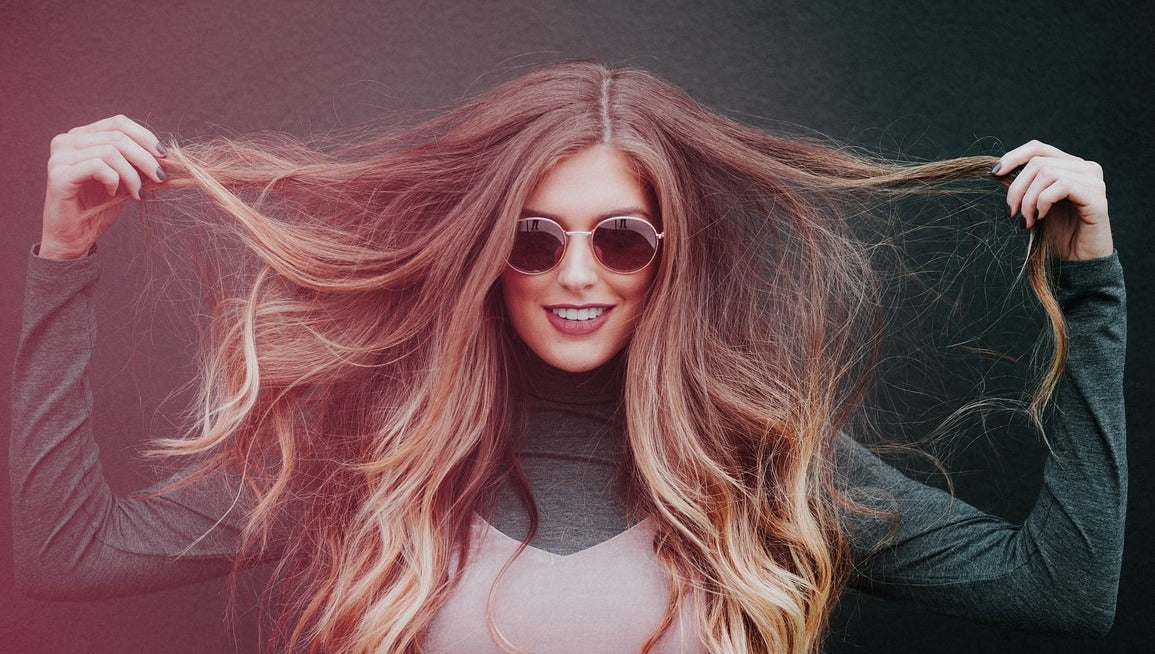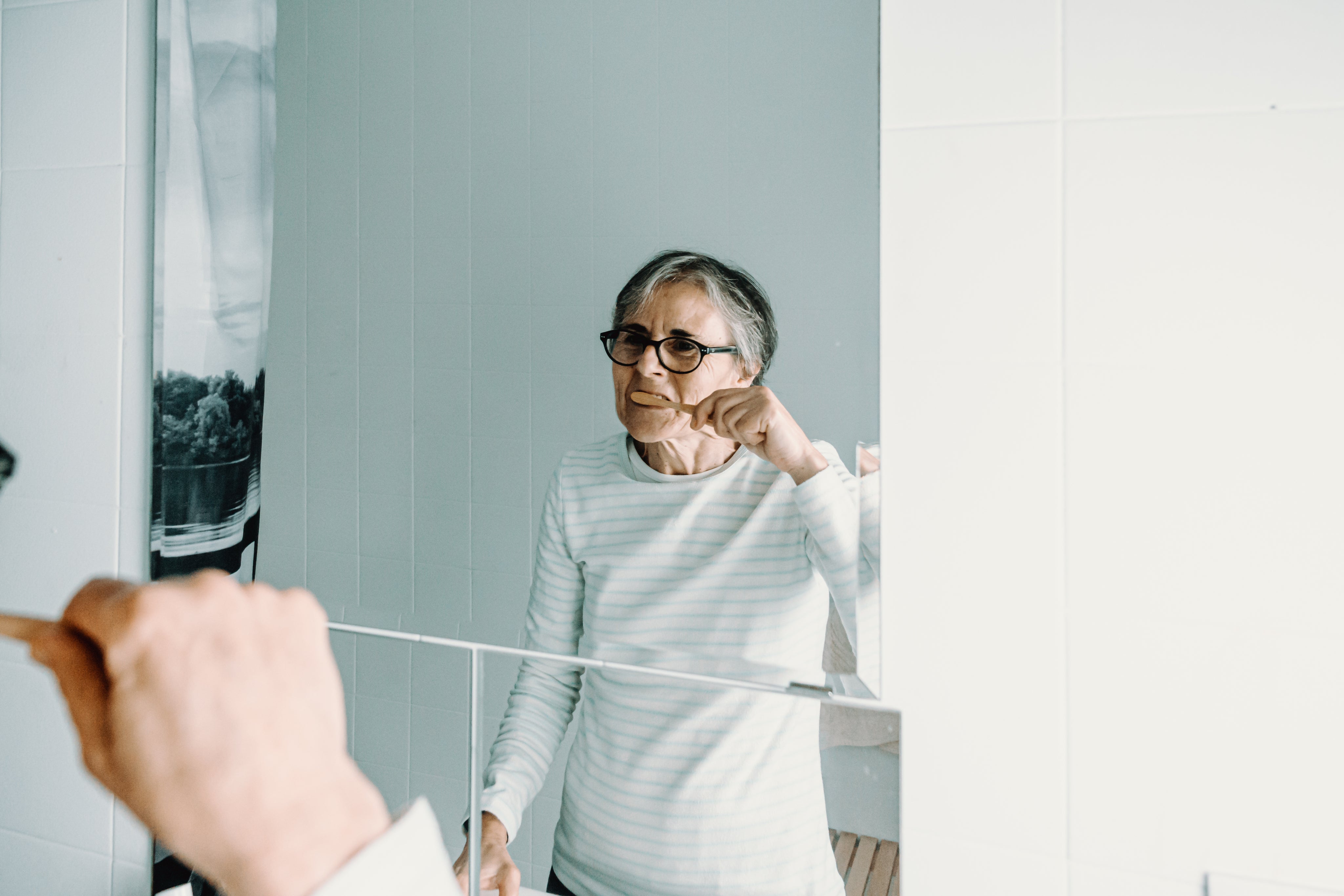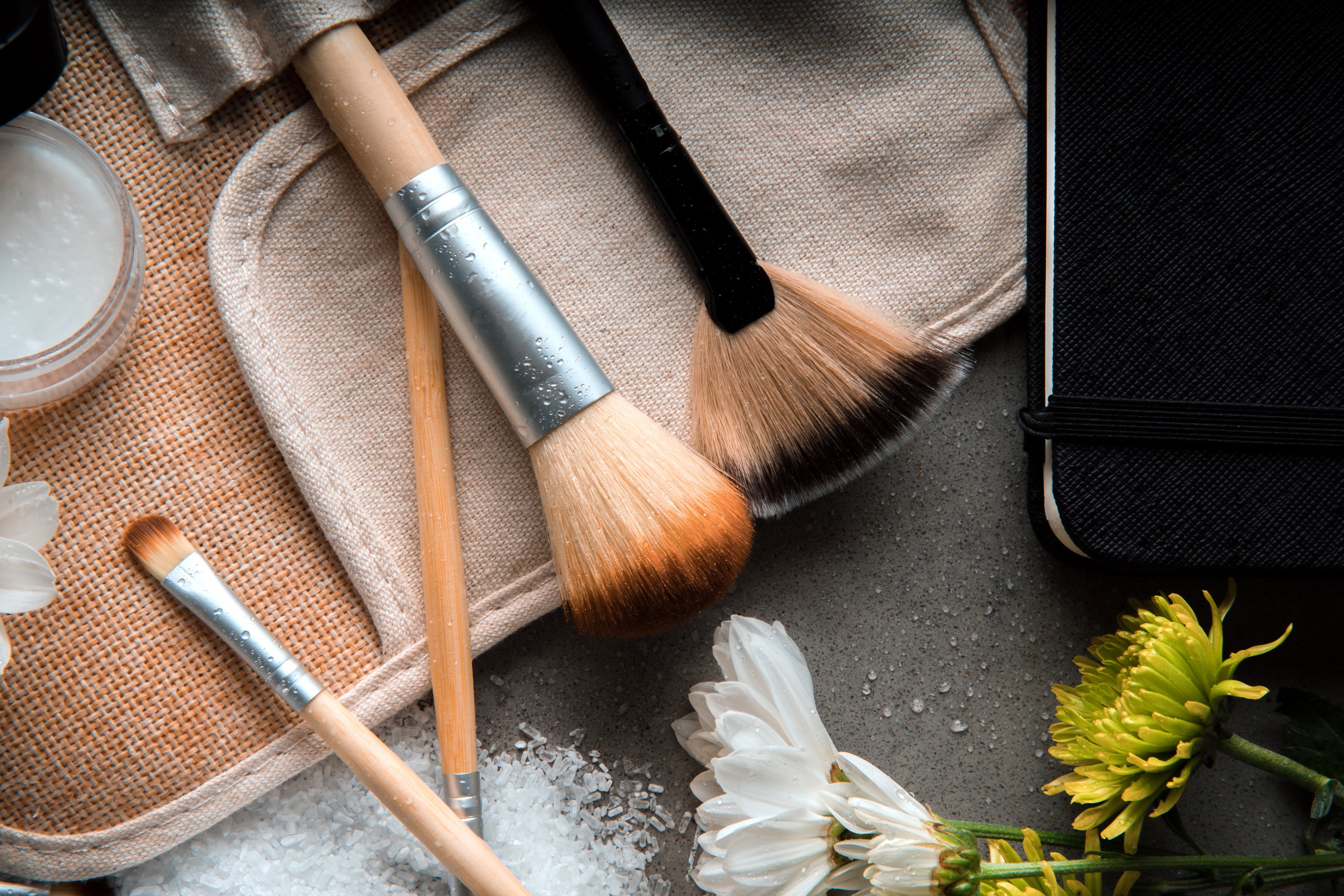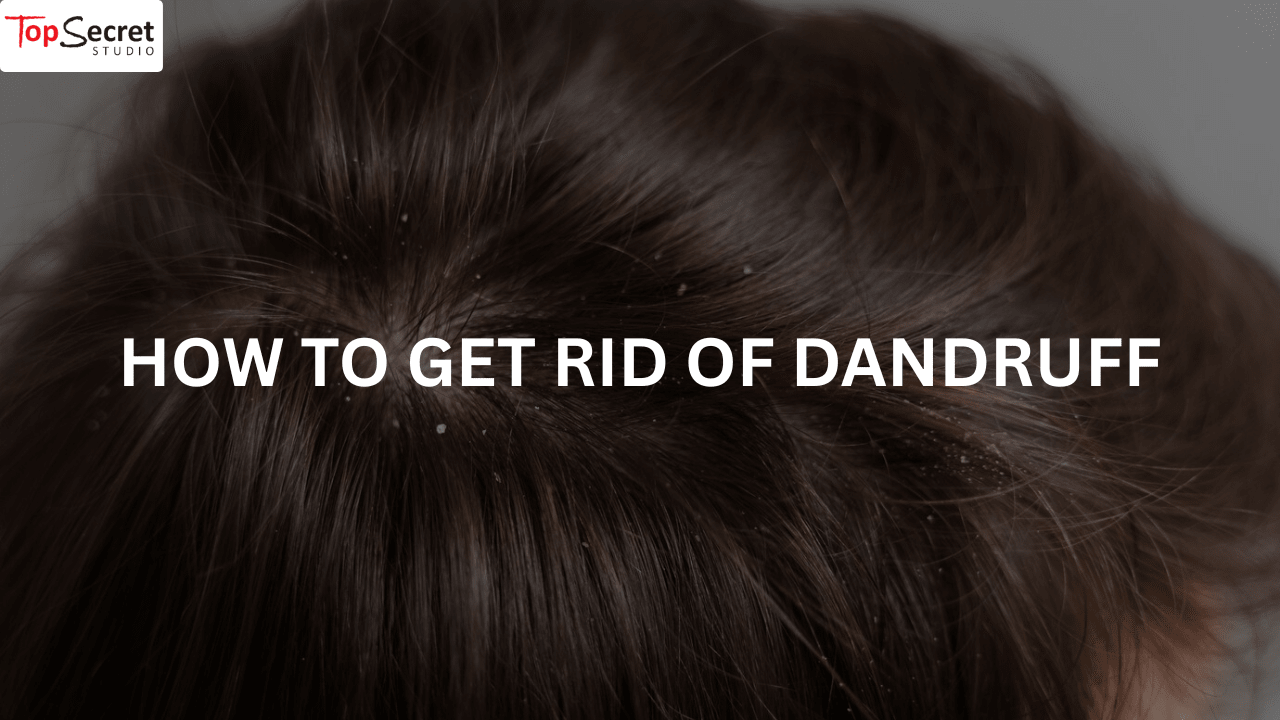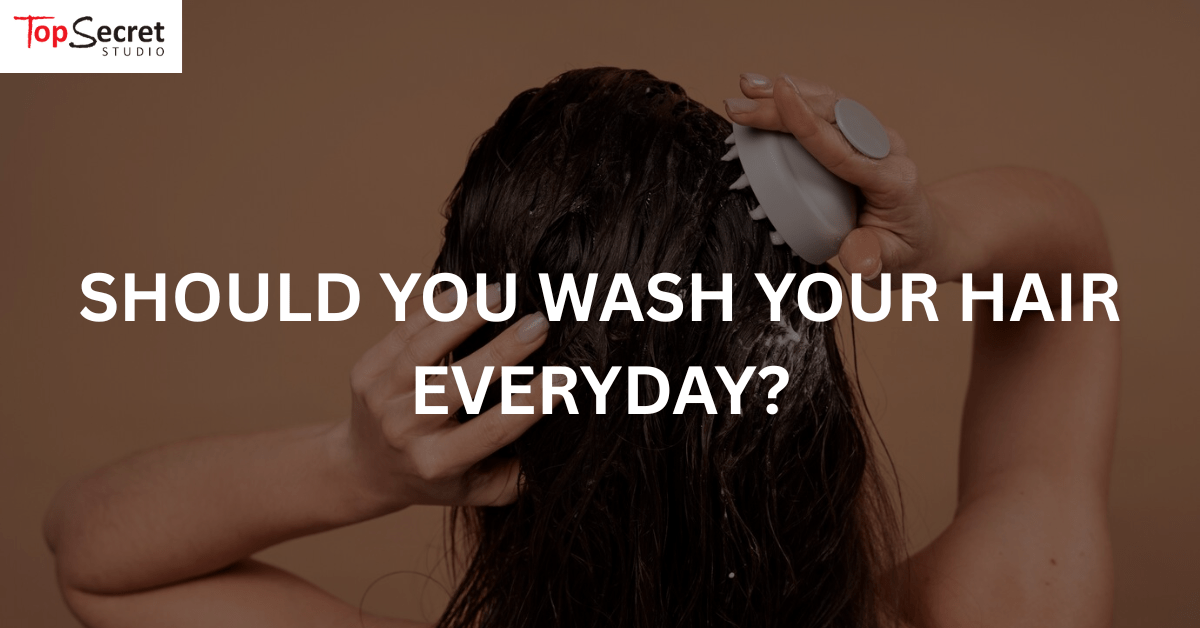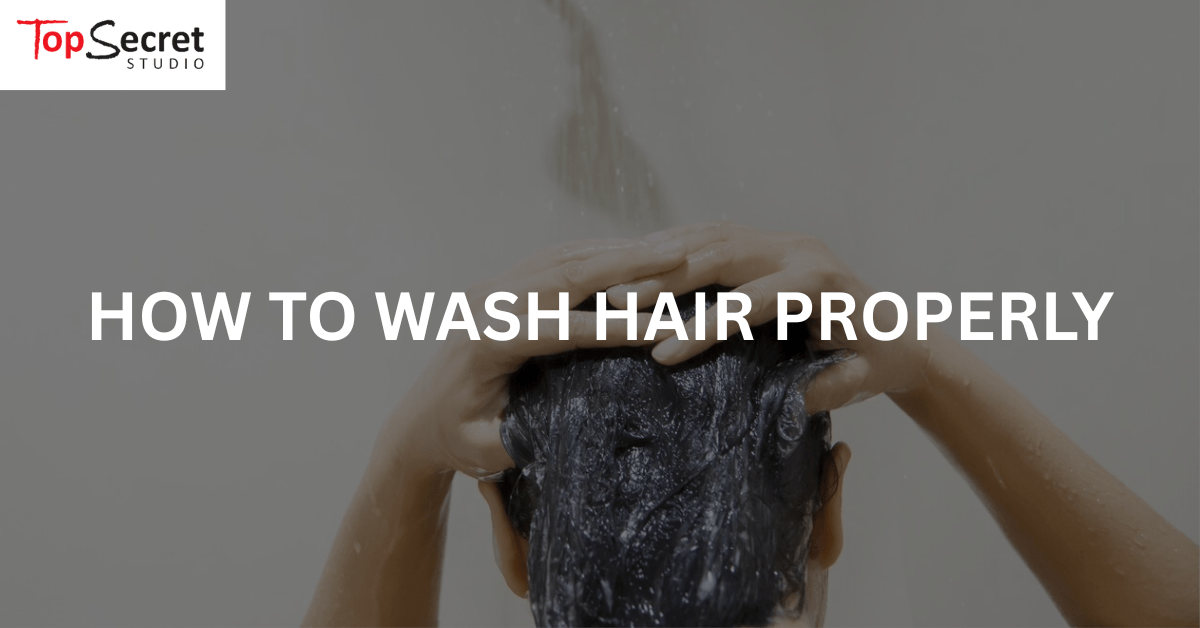
How To Wash Hair Properly: Step-By-Step Guide
Washing our hair seems like one of those automatic tasks, something we’ve done for so long it requires little thought. But just like driving a car, good driving habits protect your vehicle and ensure a smoother journey.
So, is there a proper way to go about it when it comes to thorough hair washing?
Absolutely!
Getting it right can make a significant difference to the health, shine, and overall appearance of your hair. This guide will walk you through the essential steps and considerations to your hair care washing routine to make it as effective as it can be.
Why Proper Washing Matters
Properly washing your hair helps to remove dirt, excess oil (sebum), product build-up, and environmental pollutants. This keeps your scalp clean and allows your hair follicles to function correctly, promoting healthy growth and preventing issues like dandruff and dullness.
Your Step-by-Step Guide to Washing Hair Properly
-
Wet Your Hair Thoroughly
Start by wetting your hair completely with lukewarm water. The water should be warm enough to help loosen dirt and oil but not so hot that it dries out your scalp.
-
Apply Shampoo to Your Scalp
Dispense a small amount of shampoo into your palm. The amount will vary depending on the length and thickness of your hair – a coin-sized amount is a good starting point for most. Focus the shampoo primarily on your scalp, where most of the oil and dirt accumulate.
-
Massage Your Scalp Gently
Using your fingertips (not your nails), gently massage the shampoo into your scalp. This helps to lift dirt and stimulate blood circulation, which is beneficial for hair growth. Work the lather down the lengths of your hair, but avoid vigorously scrubbing the strands, as this can cause damage and tangles.
A gentle scalp massage during shampooing is a small step with significant benefits. It not only cleanses effectively but also promotes a healthy scalp environment.
-
Rinse Thoroughly
Once you’ve massaged your scalp and the shampoo has worked through your hair, rinse it out completely with lukewarm water. Ensure that all traces of shampoo are gone, as residue can leave your hair feeling dull, heavy or even result in dandruff.
-
Apply Conditioner
The conditioner acts as a replenishing treatment after cleansing. It works to put back the moisture that shampooing can sometimes strip away and smooth down the outer layer of the hair shaft, which we call the cuticle.
By focusing the application from the middle of your hair down to the tips and keeping it away from your scalp (unless your scalp is particularly dry), you help to detangle, reduce frizz, and boost softness without weighing down the roots.
-
Leave Conditioner On
A classic mistake most people make is washing the conditioner off after applying it.
Allowing the conditioner to remain on your hair for a short period allows it to do its job properly. The instructions on your chosen hair product will usually suggest a timeframe, typically between a couple and five minutes.
-
Rinse Again
Once the conditioner has had a chance to work its magic, a thorough rinse is needed to remove any residue. Using cool or lukewarm water for this final step helps close the hair cuticle, which can help to lock in the moisture from the conditioner and leave your hair looking smoother and with an added touch of shine.
-
Gently Towel Dry
When it comes to drying your hair after washing, be gentle instead of roughly rubbing with a standard towel, which can lead to breakage and unwanted frizz. Always try to squeeze the excess water out and dab out gently.
Alternatively, using a soft microfibre towel and patting your hair dry can make a noticeable difference in reducing friction and keeping your hair in better condition.
Additional Tips for a Great Hair Wash
- Use the Right Products: Choose shampoos and conditioners that are suited to your specific hair type and concerns (oily, dry, colour-treated).
- Consider a Clarifying Shampoo: If you use a lot of styling products or have hard water, using a clarifying shampoo once or twice a month can help to remove build-up.
- Don't Over-Wash: As mentioned earlier, washing your hair too often can strip it of its natural oils, leading to dryness and damage.
- Be Gentle: Avoid harsh scrubbing or pulling on your hair during the washing process.
- Protect Your Hair: If you swim in chlorinated water, wet your hair and apply a leave-in conditioner before getting in the pool to protect it.
How Often Should You Wash Your Hair?
The question of how often you should wash your hair is a common one, but the answer isn't universal. It really depends on several factors:
- Scalp Oiliness: Those with oily scalps might need to wash their hair every day or every other day. If your hair feels greasy quickly, more frequent washing can help.
- Hair Type and Texture: Dry or coarse hair doesn't usually need washing as often, perhaps two or three times a week. Over-washing can strip natural oils, leading to dryness and frizz. Fine hair tends to get oily faster and might require more frequent washing.
- Activity Level: If you exercise regularly or sweat a lot, you’ll likely need to wash your hair more often to remove sweat and grime.
- Product Use: Heavy styling products can build up on the scalp and hair, necessitating more frequent washes.
| Hair Type | Typical Wash Frequency | Considerations |
|---|---|---|
| Oily | Daily or every other day | Use a clarifying shampoo occasionally. |
| Dry | 2-3 times a week | Focus on hydrating shampoos and conditioners. |
| Normal | 2-3 times a week | Maintain a balanced routine. |
| Fine | Every other day | Be mindful of product build-up. |
| Thick/Coarse | 2 times a week | Ensure thorough rinsing. |
| Curly/Coily | Once or twice a week | Use gentle, moisturising products. Consider co-washing. |
| Colour-Treated Hair | 2-3 times a week | Opt for colour-safe products. |
Common Hair Washing Mistakes
- Using Too Much Shampoo: Applying a large amount of shampoo isn't necessary for cleansing, a coin-sized amount is ideal. Too much shampoo can be difficult to rinse out properly, potentially leading to build-up and residues.
- Focusing Shampoo on the Ends: Shampoo is designed to clean the scalp where oil and dirt accumulate, concentrating it on the ends can strip them of moisture, leading to dryness and frizz.
- Scrubbing Too Vigorously: Rough washing motions can cause tangles, breakage, and irritation to the scalp; a gentle massage is more effective for cleansing without causing damage.
- Using Water That's Too Hot: Very hot water can strip your hair and scalp of their natural oils, resulting in dryness, increased frizz, and potential scalp sensitivity.
- Not Rinsing Thoroughly: Leaving shampoo or conditioner residue on your hair can make it look dull, feel heavy, and attract more dirt and product build-up.
Practice Washing Your Hair Properly
Hair wash itself is more than just a routine task, it's a fundamental part of maintaining healthy and luscious hair. By understanding your hair's unique needs, adopting the proper techniques we've discussed, you're well on your way to achieving your best hair yet!
At Top Secret Studio, we believe that a solid foundation in hair care starts with the basics, and mastering the art of the proper hair wash is a fantastic first step. We are passionate about helping you unlock the full potential of your hair with our wide selection of premium yet affordable hair products. From shampoos, conditioners to hair accessories, we aim to empower you for a truly great hair day, every day.
So, take these tips on board, pay a little more attention to your washing routine, and enjoy the difference it can make!
Frequently Asked Questions About How to Wash Hair Properly
Can I Wash My Hair With Just Water?
While water can rinse away some surface dirt, it won't effectively remove sebum (natural oils) and product build-up, which require a cleansing agent like shampoo for proper removal.
Should I Lather Shampoo More Than Once?
Generally, one thorough lathering is sufficient to cleanse the hair and scalp; excessive shampooing can be drying unless your hair is heavily soiled with product.
Does Temperature Really Matter When Washing Hair?
Yes. Very hot water can strip your hair of moisture and potentially irritate the scalp, while lukewarm water is ideal for cleansing, a cooler final rinse can help seal the cuticle for added shine.
How Can I Prevent Tangles While Washing My Hair?
Gently detangle your hair with a wide-tooth comb before wetting it, and avoid rough scrubbing motions during shampooing; focus on massaging the scalp instead.
How Do I Know If I'm Not Rinsing My Hair Enough?
Hair that feels heavy, sticky, or looks dull after washing is a sign of product build-up, indicating that you likely need to rinse more thoroughly during both the shampooing and conditioning stages.
What is Co-Washing, And Is It Right For Me?
Co-washing involves washing your hair with only conditioner, skipping shampoo; this method can be beneficial for very dry, curly, or coily hair types that need extra moisture and gentle cleansing.

